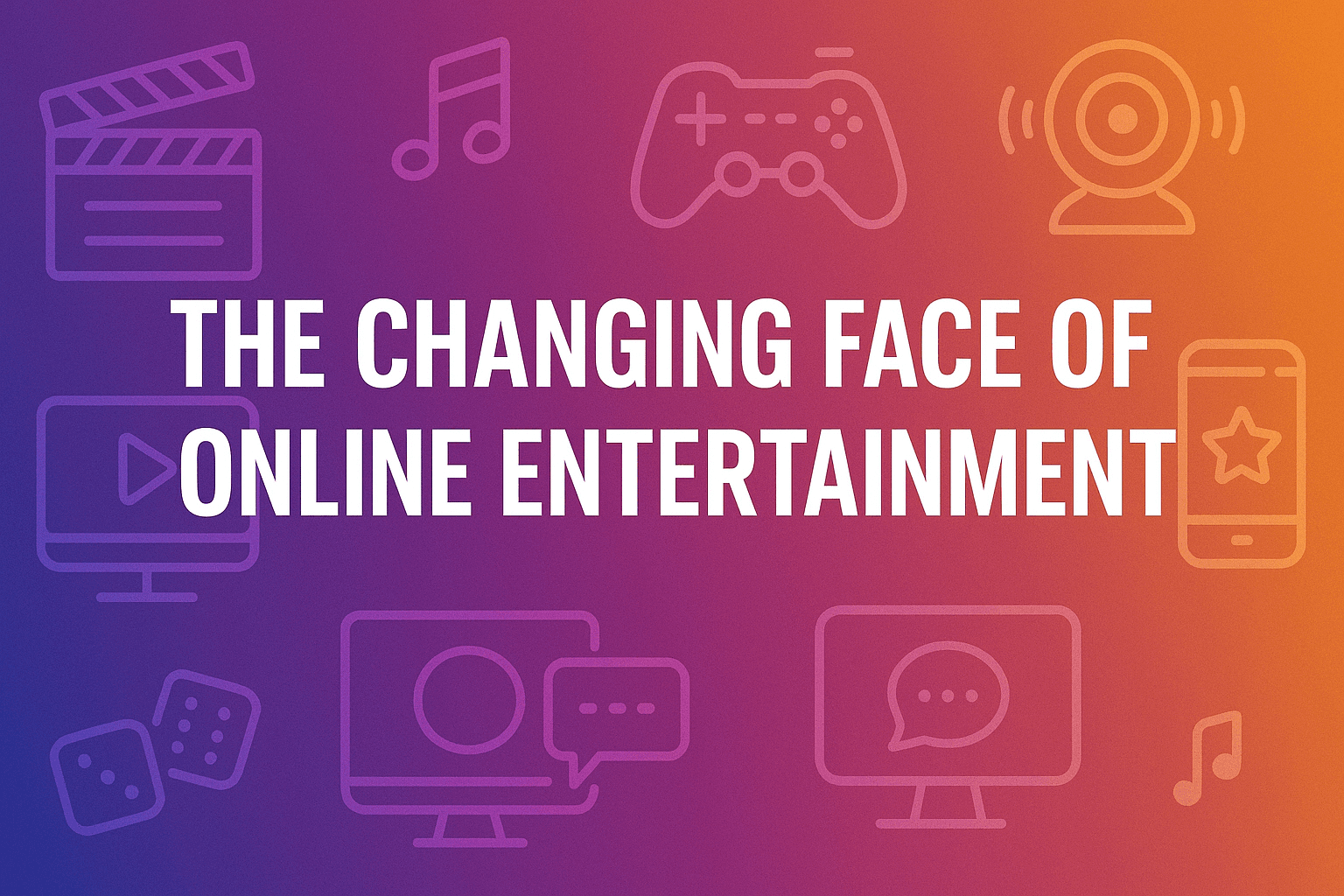Online entertainment has become one of the most dynamic industries of the past decade. As more people rely on digital platforms for relaxation and fun, the range of choices continues to grow—from gaming and streaming to interactive social apps. Whether you’re watching a live concert, playing a video game, or exploring virtual worlds, today’s users expect quality and accessibility. For those interested in online gaming, it’s worth checking out the best RTP slots UK FIRST’s list to compare top-performing titles based on return-to-player percentages.
Popular Forms of Online Entertainment
Digital entertainment spans a wide variety of formats. Some are passive, like watching a movie, while others encourage participation, such as gaming or virtual events. Each format caters to different audiences and time preferences.
| Type | Description | Average Daily Users (Global) |
|---|---|---|
| Streaming services | Movies, series, live TV | 1.5 billion+ |
| Online gaming | Console, mobile, and casino games | 1.3 billion+ |
| Social media platforms | Content sharing, video reels, live streams | 4 billion+ |
| Podcasts & audiobooks | On-demand audio content | 500 million+ |
| Virtual experiences | Concerts, events, interactive meetups | 300 million+ |
While streaming still leads in overall engagement, online gaming has closed the gap significantly. The rise of mobile platforms has also made gaming more accessible, turning casual users into regular participants.
The Influence of Personalization
One of the strongest trends shaping entertainment today is personalization. Algorithms now tailor suggestions, playlists, and ads based on user behavior.
| Platform | Type of Personalization Used |
|---|---|
| Netflix | Viewing history and genre preferences |
| Spotify | Listening history and skip behavior |
| YouTube | Watch time, likes/dislikes, search terms |
| TikTok | User interaction and video completion rates |
| Online casinos | Game history, win/loss trends |
Personalization keeps users engaged for longer periods. It also helps platforms retain loyalty by delivering content that feels relevant. However, critics point out that excessive filtering can limit exposure to new ideas or formats.
Impact of Mobile Accessibility
Smartphones and tablets have made entertainment available nearly everywhere. What used to require a TV or computer is now possible with a pocket-sized device.
| Activity | % of Users Accessing via Mobile |
|---|---|
| Streaming video | 78% |
| Online gaming | 68% |
| Listening to podcasts | 63% |
| Casino gaming | 59% |
| Live streaming platforms | 71% |
This convenience is reshaping how content is produced. Shorter formats, vertical video, and bite-sized games are all designed to fit mobile usage patterns.
Risks and Responsible Use
With entertainment available around the clock, it’s easy to spend more time online than intended. While the internet offers plenty of value, setting limits is important for maintaining balance.
Common strategies for healthy use:
- Set daily screen time goals
- Use built-in timers or app blockers
- Avoid using screens before sleep
- Balance passive content with interactive formats
- Consider breaks during long sessions
These approaches help reduce fatigue and improve the quality of digital consumption, especially in high-engagement environments like social apps or competitive gaming.

Chase Ortiz is part of the team at PaigeSimple, where he takes care of all the advertising requests. With a sharp eye for detail, Chase makes sure every advertising opportunity is handled smoothly, helping the site grow and reach more people. His ability to manage these tasks efficiently makes him an important part of the team.

